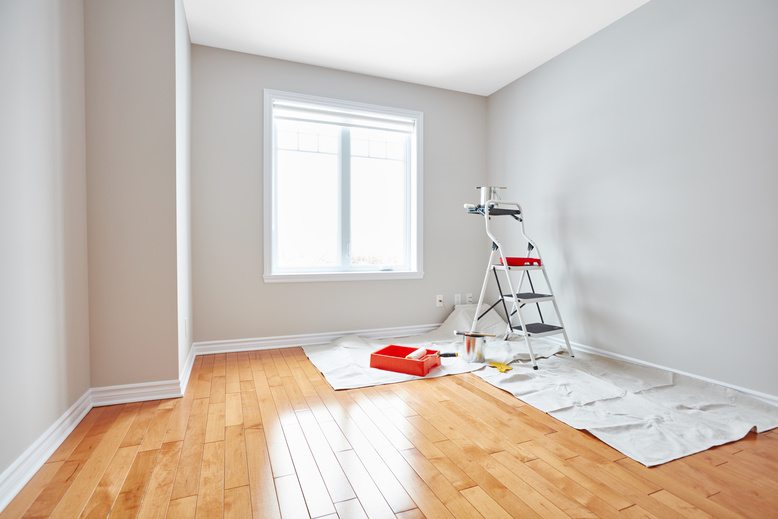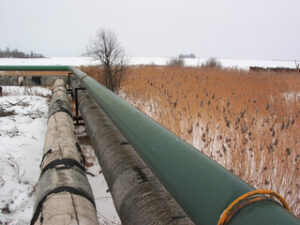There are many types of House Painting jobs, and there are even more things you should be aware of before starting the project. A house painter and decorator is a professional who specializes in house painting. They will provide you with a beautiful end result while protecting your property. Read on for some tips. Here are some of the most common house painting jobs.

House painting was once a very difficult task, but modern paints make it easier than ever to get a good match. Modern house paints come in a variety of colors and brands. You can even visit your local paint store and find virtually every color under the sun. Color samples are now scanned and can be created into a close match in just minutes. In the past, house painting was a labor-intensive task, and there weren’t a lot of options.
Homeowners may not be familiar with how to finance a painting project. Some people have limited funds and/or high ambitions. They may wish to consider hiring a professional to complete the project. However, if you are looking for an affordable way to pay for the painting project, it can be beneficial to obtain a quote from several different house painters. A good house painting company will be willing to provide a quote with the scope of the project and estimate the cost of materials and labor.
While house painting is an essential task, it is important to be aware of the types of house painting. When it comes to preparing the exterior of a home, a new home has less preparation than an older home. You should also consider the color of the previous owner’s paint and decor, as it will affect the value of the home. When selling your home, it is essential to remember that your paint job will help buyers decide on whether it’s a good investment.
When choosing the type of paint for your house, make sure to know the difference between oil and water-based paints. Oil-based paints will take longer to dry than water-based paints but will create a harder finish. Fire-retardant house paints are often used in areas where high temperatures are a factor. The two main types of house paints are water-based and oil-based. While both types are suitable for interiors, water-based paints are better for exteriors. They are both easy to clean but not as durable as oil-based paints.
You should also think about painting accent walls if you want to add visual interest. Paint accent walls are a great way to highlight moldings. Ceilings are another area that can benefit from a paint refresh. Then, if you want to add a touch of color to the ceiling, you can always hire a house painting professional. All of these tips will help you complete your house painting project quickly and effectively. The results will be stunning!
Choosing a paint color is important and can be overwhelming. Make sure to choose a paint color that complements your home’s style and overall personality. Try driving around your neighborhood and see what appeals to you. For example, if you want to make your house more modern, choose a bright, eye-catching color that will make it stand out. If you’re unsure, use sample swatches on the exterior of your home to determine which color works best with your home.
Exterior painting begins with a power wash. This removes loose paint and ensures that new paint adheres properly. Raw wood is primed with a primer, and wood siding and trim get a primer. Stucco surfaces may require a special type of patch and caulking. If you’re doing a whole house exterior, make sure to protect windows and surfaces. You can even use a drop cloth to protect them. And remember to use gloves and protective clothing when painting!
Before painting the exterior of your house, it’s important to clean the entire surface thoroughly. Using a power sander will speed up the process, but be sure to use caution and exercise safety measures. Also, make sure to cover all lighting fixtures with plastic bags to protect them from damage. This way, you’ll be able to get a clean, smooth surface in less time. Also, a paintbrush and a power sander are indispensable tools for house painting.



